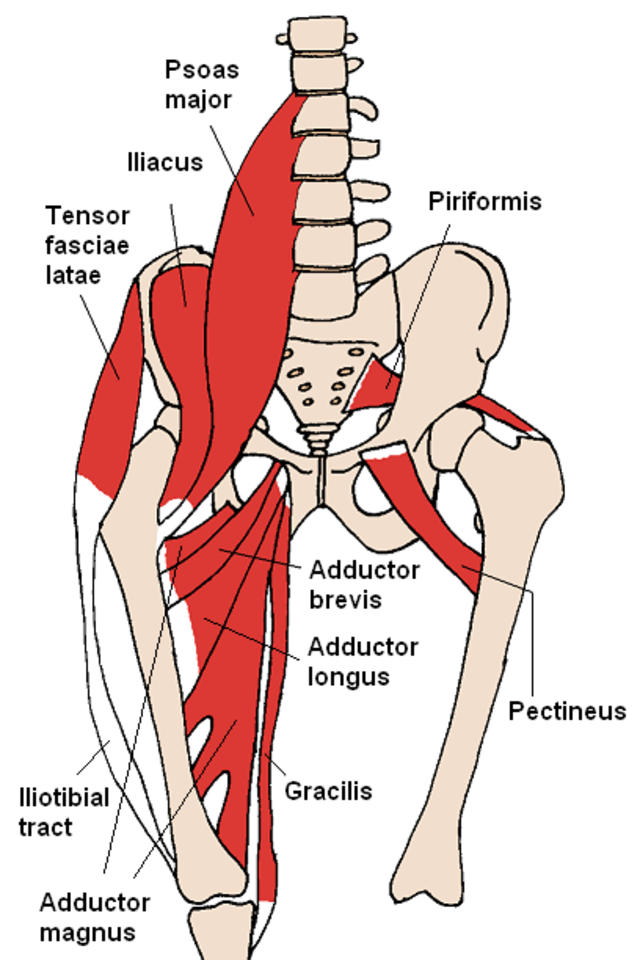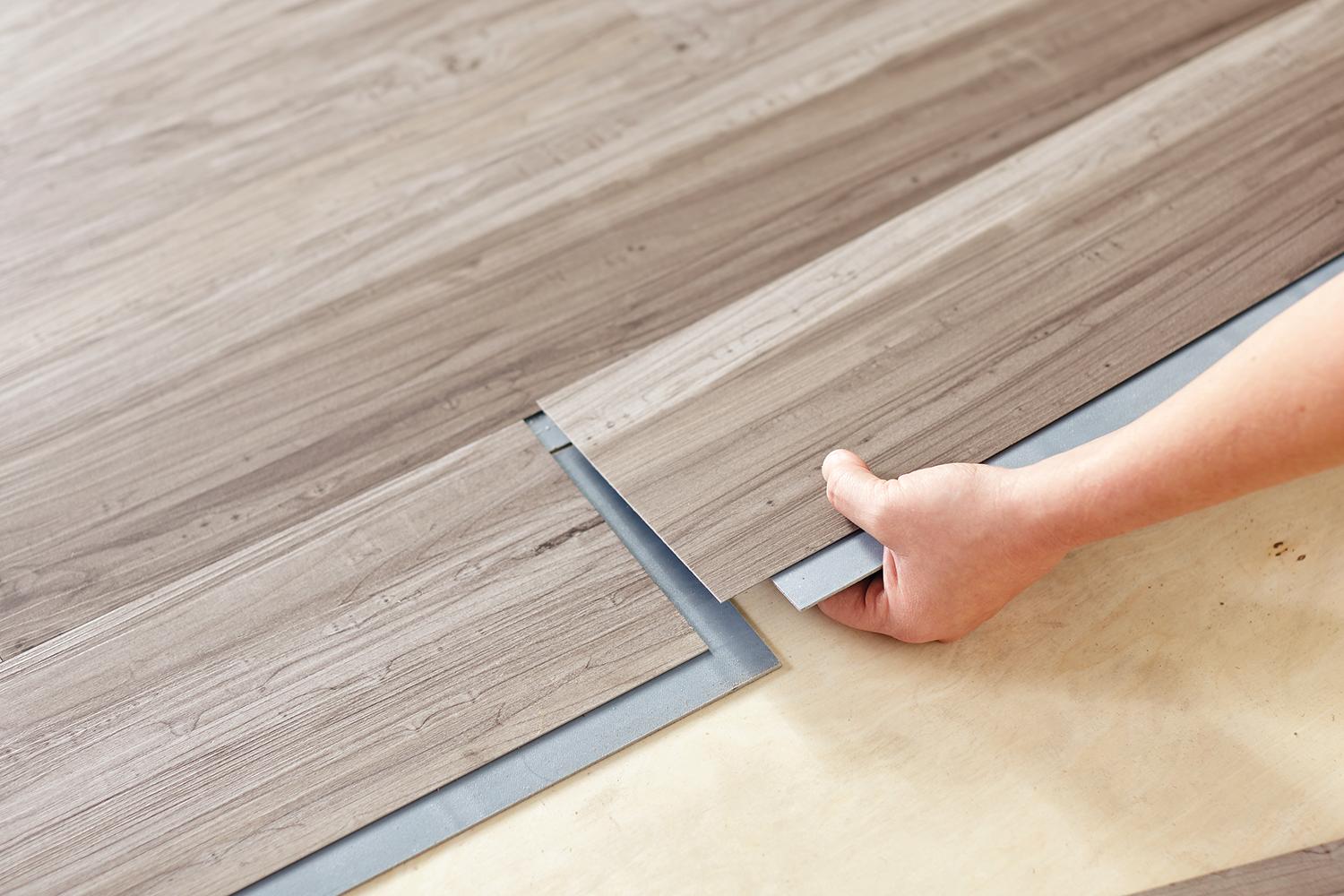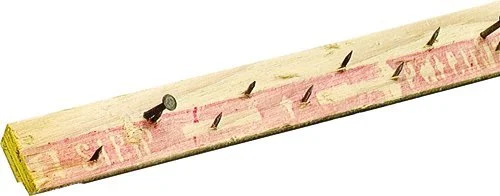How to get started learning hip-hop without classes
/Professional dancers can all agree: there is no substitute for taking dance classes. But between the closing of studios due to the COVID pandemic or the need to save money for other higher priority expenses, you may be looking for ways to get started in your hip-hop dance training without paying for classes. Here are 3 simple things you can do starting today to give you a head start in dance before the studios reopen.
At the dance studio, when taking a hip hop class, you benefit in many ways: direct feedback from the instructor, the benefit of connecting with others in the class, learning the experience of a professional audition, and of course, the facilities (since dance studios come equipped with mirrors and nice floors, although you can easily set up your own home dance studio.)
But let’s say you’re just getting started in dancing hip-hop with no intent to become professional. Maybe you are still young, still in school, or just looking to get some physical exercise or learn about the culture. What should you do to get started in learning hip hop dance without classes?
Use the free resources available to you.
At the risk of sounding old, let me just remind everyone that the world’s knowledge can be accessed by your smartphone. What this means for you is that you can access practically every aspect of hip hop dance, from terminology and history to choreography tutorials and freestyle battles using this handheld device that fits in your pocket. (Back when I wanted to watch some dance, I’d either have to wait for the right show to come on TV, buy / rent a VHS, or fly all the way to NYC just to watch the street corner pop off.)
Simply put, you have tremendous access to any style of dance you want to learn about. Steezy is a great YouTube channel with tons of free content and highly reputable instructors. This is a wonderful jumping off point. From there, find someone whose style you enjoy learning or watching, then search that name on YouTube. Choreographers nowadays are very aware of their presence on social media, so you should be able to find several videos of your favorite choreographers and dancers.
Once you’ve found your favorites, watch and copy their moves. This will help you build up your “dance vocabulary.” Slow down their videos with the build in feature in the YouTube browser, and try and figure out what they are doing. I rewound my VHS tapes so many times until they became nearly unplayable - simply clicking on YouTube is a huge improvement in technology over these past 25 years!
The added bonus of YouTube: You may even digitally wander off and learn about some completely new dance styles!
Without a doubt, most of the content you’ll see isn’t great. But some of it is. Your goal is to find the dancers who resonate best with your movement and the way you see yourself dancing in the future. The range in quality is just the same when taking dance classes at a studio: some instructors are better equipped to teach than others. Until you can get back into the studio, take in all you can via the magic of YouTube, and learn from multiple sources. You’ll gain a better understanding of what works for you and what doesn’t.
Build the habit of dancing daily.
Dancers develop a particular set of muscles, just as other athletes do. As such, it is important to keep these muscles active and toned - not just physically, but also mentally. And the best way to stay in shape is to use those muscles regularly.
Start by committing yourself to 10 minutes of practice or training each day. After about a week, this time will feel very short. Keep adding time devoted to working on dance. For example, you may choose to watch your favorite choreography performance on YouTube, then spend 30 minutes deconstructing their dance and replicating their moves in your own dance space.
I used to dance for a couple hours a day, with a minimum of “forced” time of 20 minutes. Whenever I injured my knee or ankle, I would stay seated and focus on upper body techniques, like hits and arm waves. Even when I was sick with the flu, I would just focus on visualizing myself dancing, a very important aspect of training!
The key reason why this should become a habit is to prepare yourself for when classes reopen. There are good habits that will take you far as a dancer, and regular rehearsal and discipline is one of the best. This is a skill that comes from and is mastered from within, and is only peripheral during studio time.
Watch, encourage, but also critique yourself.
Of the three steps, this is mentally the most draining. Have you ever heard a recording of your own voice, then realized how much you hate your voice? It’s just as bad with video - but it’s potentially your biggest source of growth without taking class.
In a studio, the teacher’s job is to help you gain skills. In beginners classes, they give you the skills of how to mimic their movements - where to place your hand in the six step, how to shift your body weight in top rock, and so on. But when you are learning at home, you have to figure it out by trial and error. What works and what doesn’t work? Just as importantly, what looked good and what didn’t?
A set of mirrors in your home dance studio is a great starting place, but that instant feedback will only take you so far. You’ll really want to make a video of yourself. Grab a tripod, point your phone camera at yourself, then spend 10 minutes practicing your six step.
Here comes the tough part - watch all of it. Fight the urge to skip over the parts that are cringe, because they are cringe for your potential audience as well. It’s a painful exercise, but I promise it’ll show you what you need to know. Do you slow down at certain points? Focus on making those parts more fluid. Does your body look awkward? Figure out how to get your elbow out of that weird place.
But the last step is just as important: compliment yourself. Point out what you did right, even if it means you have to dig really hard. Is your understanding of the musicality great? Does your top rock have a really nice groove to it, even if your down rock is a bit sloppy?
This is the question you really want to answer: Was I better than I was yesterday? Hopefully, yes.
Soon enough, the studios will reopen and we can all go back to finding our favorite local dance studio and teachers. In the mean time, keep these three tips in mind, and you’ll be in great shape for when that day arrives.












